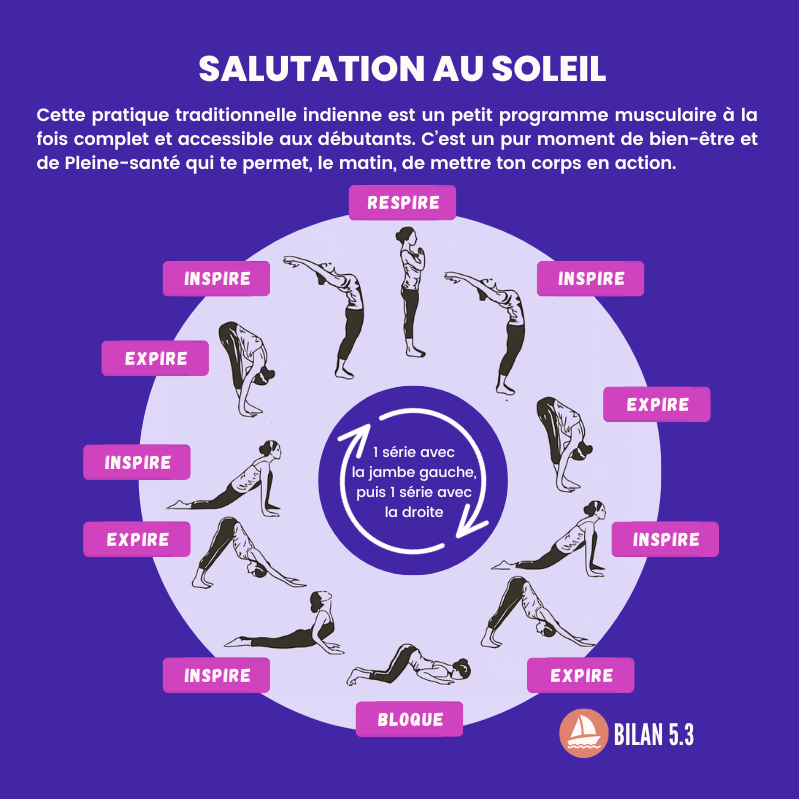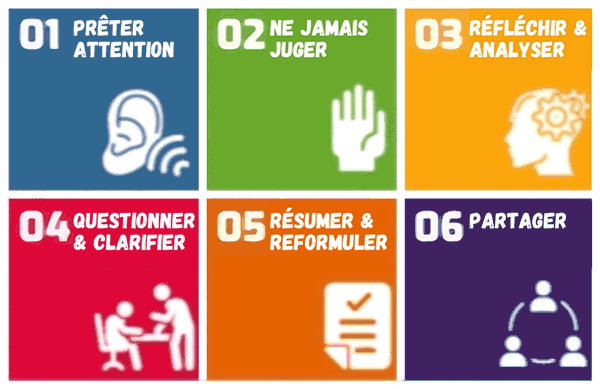The phenomenon of cardiac coherence was identified by the American Institute HeartMath in the 1990s, based on the principle that our autonomic nervous system communicates directly with our heart and that it controls breathing. The concept was then popularized in France by Dr. David Servan-Schreiber, a psychiatrist passionate about preventive psychology, in the 2000s.
Cardiac coherence: how does it work?
As Florence Servan-Schreiber, a specialist in positive psychology, explains, “tools of biofeedback intended to record our emotional states, a bit like a polygraph, have brought to light that, when we are internally agitated (stress, worry, etc.), our heart rate variability – the wave emitted by the nervous system between two heartbeats – oscillates faster.” However, thanks to a slow and precise breathing technique – we speak of fixed resonance frequency – we can help rebalance the autonomic nervous system by reducing the production of cortisol, the main stress hormone.
Conclusion: we calm the agitation that lives in us and we regain control of our emotions. Ideal in case of panic, worry before an exam or… during a pandemic! Very easy to access, this antidote to the consequences of stress allows you to take care of your body quickly and anywhere.
How to do ?
Practicing cardiac coherence, nothing could be simpler, and the results are truly stunning! Sitting, with your back straight and your legs uncrossed so that the abdominal organs are free, all you have to do is naturally inhale through your nose for 5 seconds and exhale for 5 seconds, also through your nose, on a duration of 5 minutes. Why this pace? Quite simply because it makes it possible to reach a respiratory rate of 0.1 Hz, effective in rebalancing the nervous system.
- To note : to start, do not hesitate to help yourself with an application. There are many to download for free on your smartphone (RespiRelax, My heart coherence, etc.). You can also follow any of the videos featured on our expert’s website or use a watch with second hand or even a metronome.
How many times a day ?
It is best to practice this exercise if possible. three times a day, first thing in the morning, when the secretion of cortisol is the most important, which also has the advantage of starting the day calmly. Second session, 4 hours later, before lunch, in order to alleviate any stressful events of the morning and bring about digestion. Finally, in the middle or late afternoon, to prepare for the evening and calm down before falling asleep. But there is no downside to practicing at other times of the day, when you feel the need.
It only takes 5 minutes and the benefits last about 3 hours! To be repeated every day, to maintain your nervous system, especially at this time when the general atmosphere is quite anxiety-provoking for many people.
What are the benefits of cardiac coherence?
“Here, no altered state of consciousness, as in hypnosis or sophrology, but just a physiological reaction that allows you to reset your autonomic nervous system to zero, in particular by reducing the production of cortisol”, emphasizes Florence Servan-Schreiber.
Result, better management of stress, anxiety and their consequences, lower blood pressure in hypertensive people, reduced cravings, improved quality of sleep, digestion and learning, but also a distancing of negative emotions, an aid in decision-making, an increase in salivary immunoglobulins A, which participate in our immune system, and even DHEA, the “rejuvenation” hormone necessary to slow down aging.
A tip to remember this practice, the famous 3.6.5 for: 3 times a day, 6 breaths per minute, for 5 minutes.
Read also :
- I am stressed, when should I consult?
- How to breathe better to stop being overwhelmed by stress
- Anti-depression, anti-stress… The top foods rich in omega 3
- Lose pounds by better controlling your emotions


















